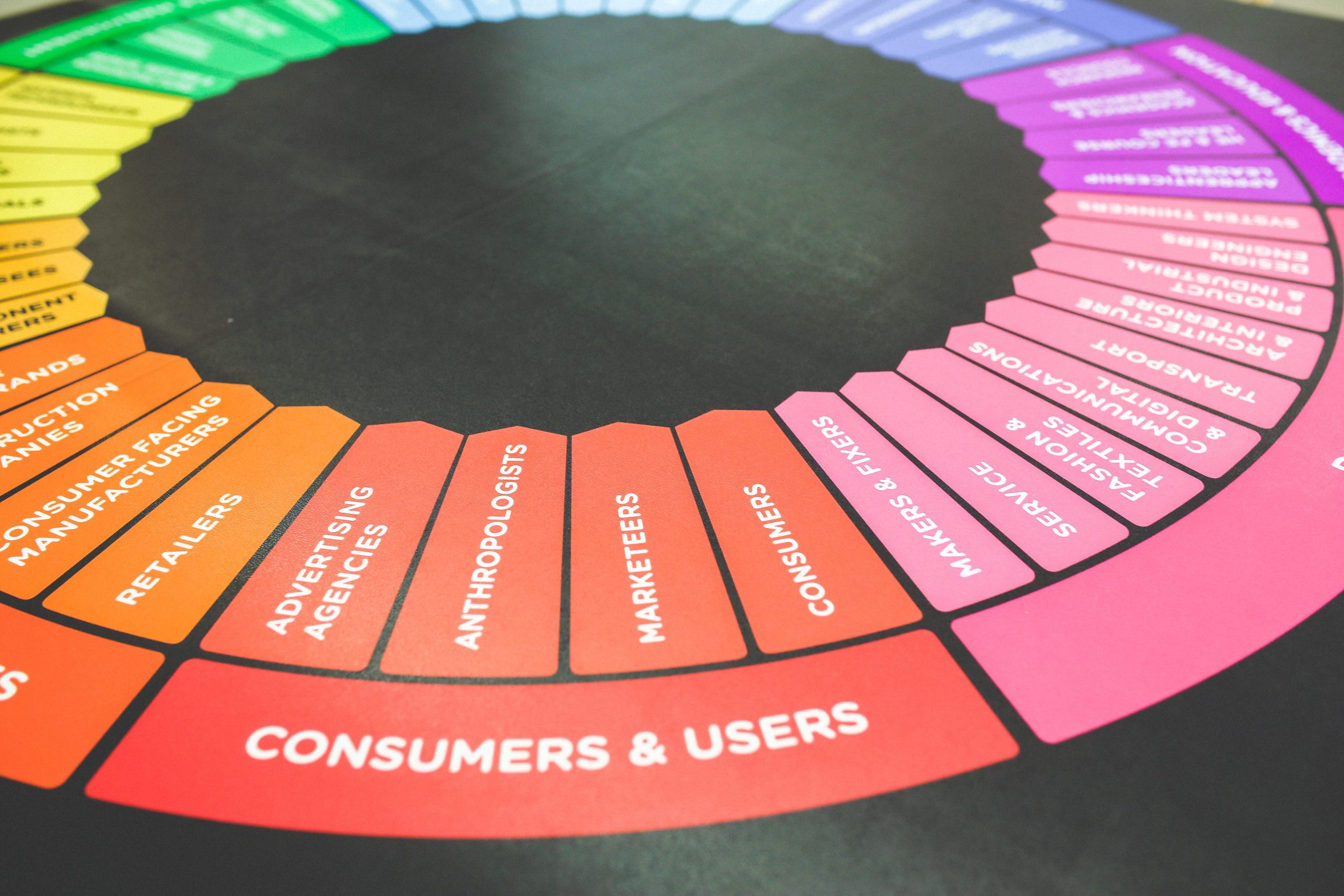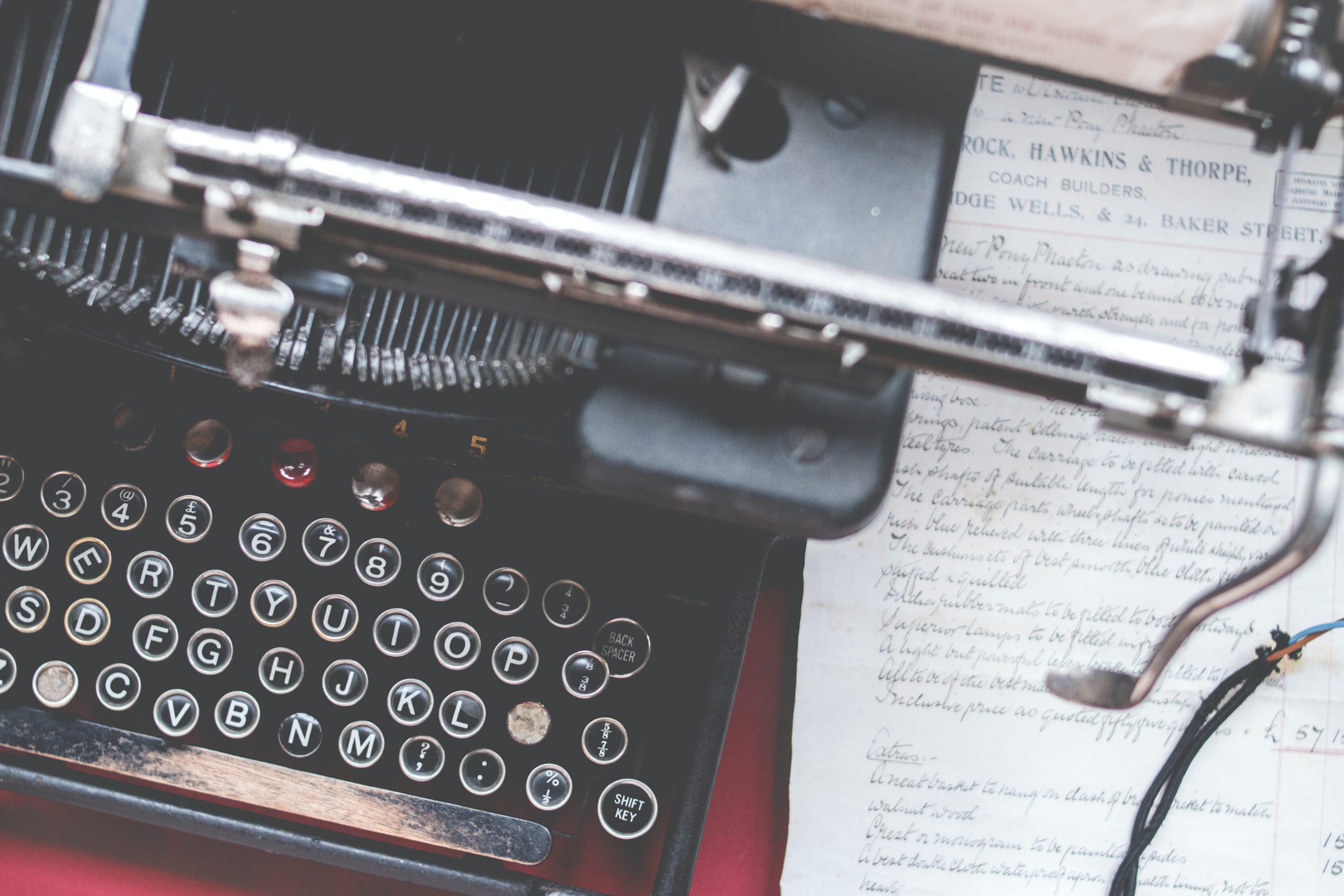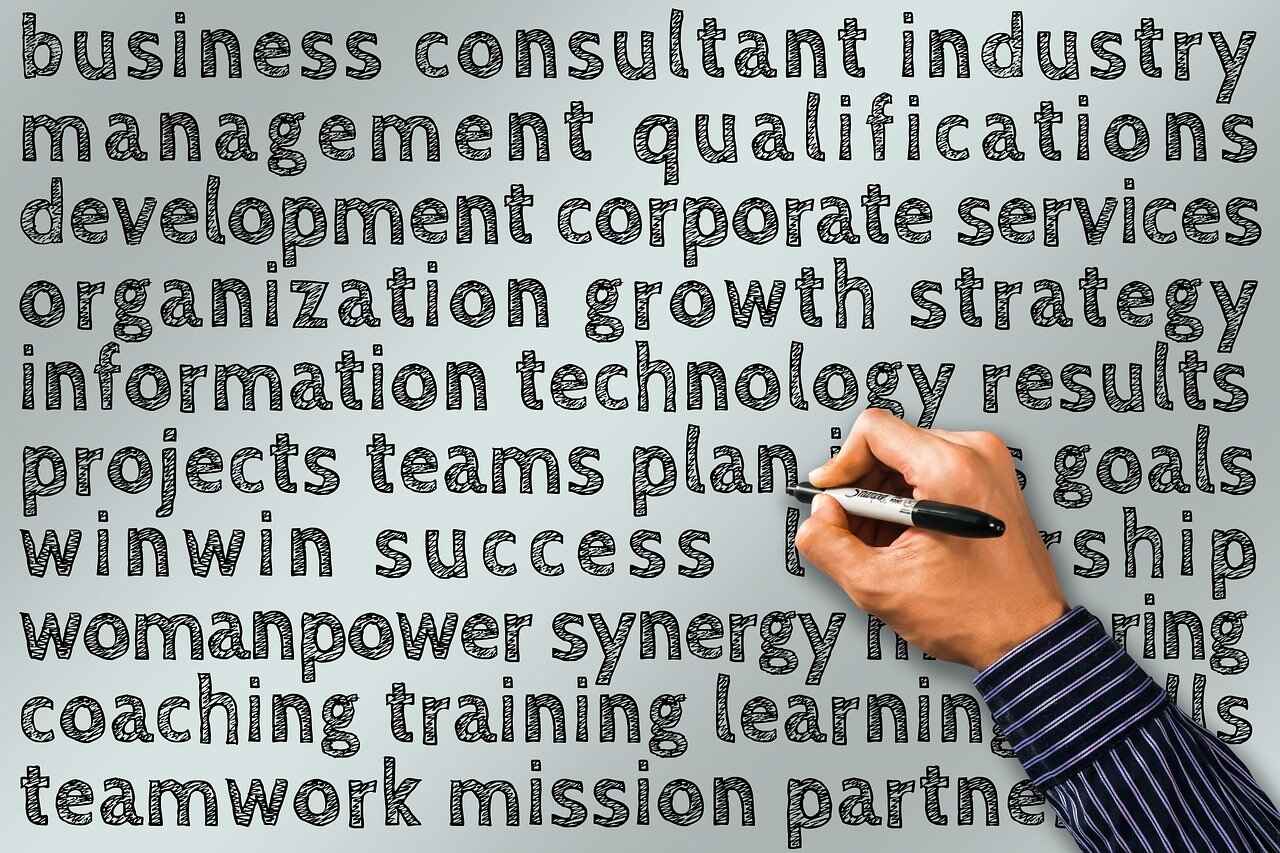When running a content marketing program focused on customer acquisition, make sure that your content takes the prospect through the entire buying funnel.
If you don’t complete the buying funnel, you may leave your prospects stranded in the sales pipeline and ultimately cause them to abandon the process and seek other solutions.
Why is it important to assign content to each stage of the buying funnel?
Prospects go through a natural process toward the eventual purchase of your product or service. To help you engage the most prospects, here’s a closer look at the steps you need to take to guide them through this journey:
- Get the attention of your prospects and make sure that they are aware of your organization.
- Educate your prospects and display your value proposition.
- Provide compelling materials to generate interest so that they take action. Examples of such actions include:
- Requesting a demo.
- Completing a lead form.
- Purchasing online.
Ultimately, ensure that the process is smooth for your prospects. To do that, you need to have content written for each stage of the buying funnel.

What type of content should you use for the different stages?
Not all content is the same. In fact, certain types are more suitable for certain stages of the funnel.
For the top of the funnel
Content for this first stage, also known as the awareness stage, includes blog posts and news commentaries. These are excellent for showing up in search engines and getting initial visitors to come to your website.
For the mid-funnel
Once you have your prospects on your website, the next step is to educate them. Talk about your industry, the products and services you offer, and why you’re the best solution.
The best types of content for the mid-funnel include case studies, e-guides and press releases. (The majority of these can also be used for the bottom-funnel stage.) Besides these types, thought leadership and other long-form pieces will educate your prospect as well.
For the bottom of the funnel
Ultimately, at the bottom of the funnel, you’ll want to use content like webinars and user guides. You are now starting to get into technical guides that describe how your solution physically works or what the specifications are for integrating with your solution. Furthermore, they need to be narrowly focused on answering questions and removing barriers for your prospects to purchase your solution.

Should the quantity of content for each stage of the buying funnel be the same?
The short answer is no.
If you think of content as a pyramid, imagine your buying funnel as an inverse pyramid:
- You’re going to have a significant amount of content at the top of the funnel that’s going to be focused on getting as many qualified prospects to your site as possible.
- Your mid-funnel content is going to be much smaller in the number of pieces of content, and it’s going to focus on educating the subset of your prospects who would like to learn more.
- In the bottom stage, you’re going to have an even smaller number of pieces of content, which are focused on closing the deal.
In summary
Not all content is created equal. Having content deployed at each stage of the buying funnel will allow your prospects to move seamlessly from one stage to the next. Having that in place will optimize your conversion rate and, more importantly, improve the quality of your content marketing program.
Need help?
If you have a content marketing program or are planning one, download our e-book 100 Mistakes Businesses Make When Starting, Optimizing and Scaling Content Marketing Programs.
This e-book will walk you through the mistakes of hundreds of other companies and the challenges they faced in implementing their content marketing programs. To learn more about how Tempesta Media can help you streamline your content creation process and deliver quality content at scale, contact us today.









